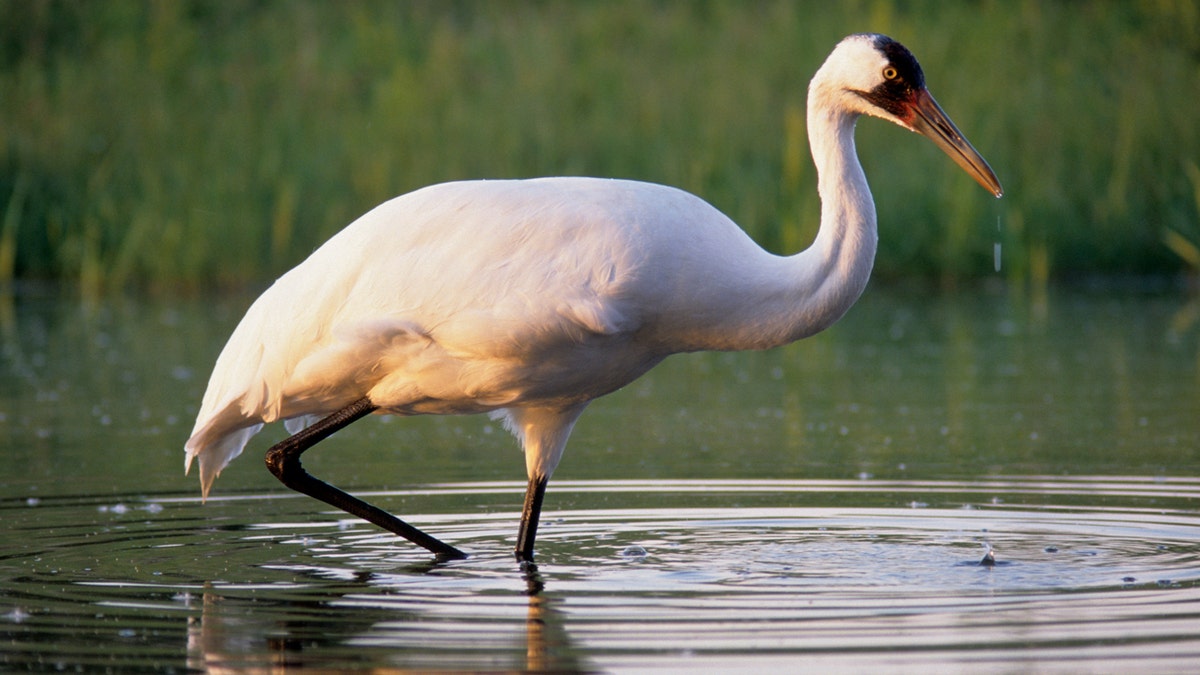Fox News Flash top headlines for November 14
Fox News Flash top headlines are here. Check out what's clicking on Foxnews.com.
Four new whooping cranes are now a part of Louisiana's experimental population in Vermilion Parish, state wildlife regulators said.
Whooping cranes are an endangered species and officials for more than a decade have been working to establish a self-sustaining population in southwest Louisiana. The flock now totals 85, officials said.
Three of the juvenile cranes were hatched and reared at the Freeport-McMoRan Audubon Species Survival Center in New Orleans, the Louisiana Department of Wildlife and Fisheries said in a news release. The fourth was transferred as an egg from the International Crane Foundation and reared at the Dallas Zoo's offsite breeding facility, the Whooping Crane Center of Texas. It was moved this fall to Audubon.
VIDEO, PHOTOS ALLEGEDLY SHOW FIRST IVORY-BILLED WOODPECKER SIGHTING SINCE 1944
All four birds were added Sunday to the Louisiana Department of Wildlife and Fisheries' White Lake Wetlands Conservation Area in southwest Louisiana, the department said.

A female whooping crane is photographed at the International Crane Foundation in Baraboo, Wisconsin. (Photo by Wild Horizons/Universal Images Group via Getty Images)
"It is always a great day when we can continue to augment our strong whooping crane population,’’ LDWF Secretary Rob Shadoin said. "Our partnership with Audubon Nature Institute, and now the Dallas Zoo, is key to our ongoing reintroduction program. We thank them and our other partners as we continue to bring back this magnificent bird.’’
Whooping cranes are large-bodied, white birds with a red head and black facial markings. They measure five feet tall and have a wingspan of 7 to 8 feet. In flight, whooping cranes display black wing tips and a fully extended neck and legs, which extend well beyond the tail.
Federal and state agencies began Louisiana’s reintroduction in 2011, when 10 were released at White Lake to develop the flock; the first chick hatched in 2016.
CLICK HERE TO GET THE FOX NEWS APP
"Every bird raised and released is one more step toward creating a sustainable population of these amazing birds in Louisiana," said Richard Dunn, assistant curator of the species survival center.


